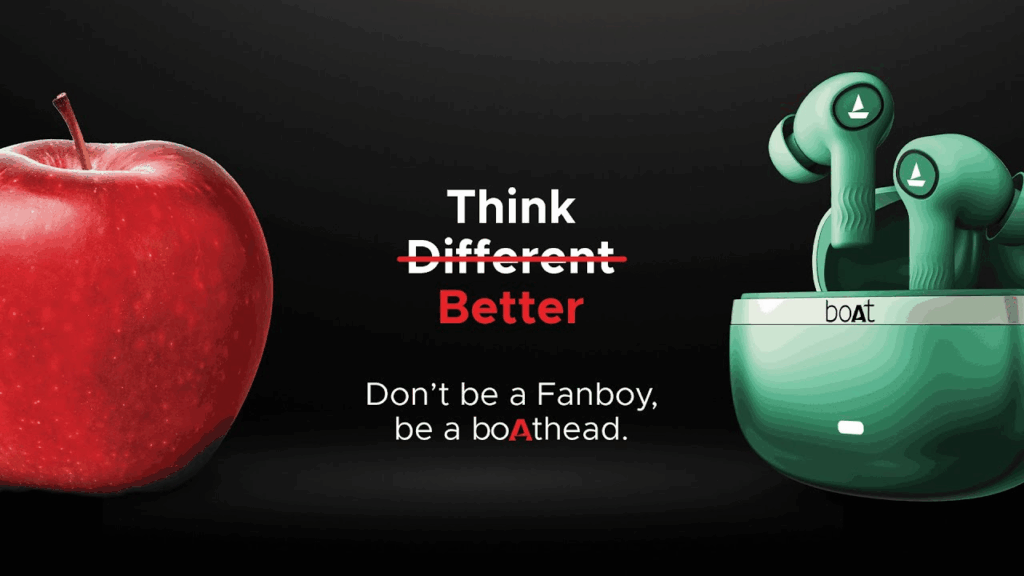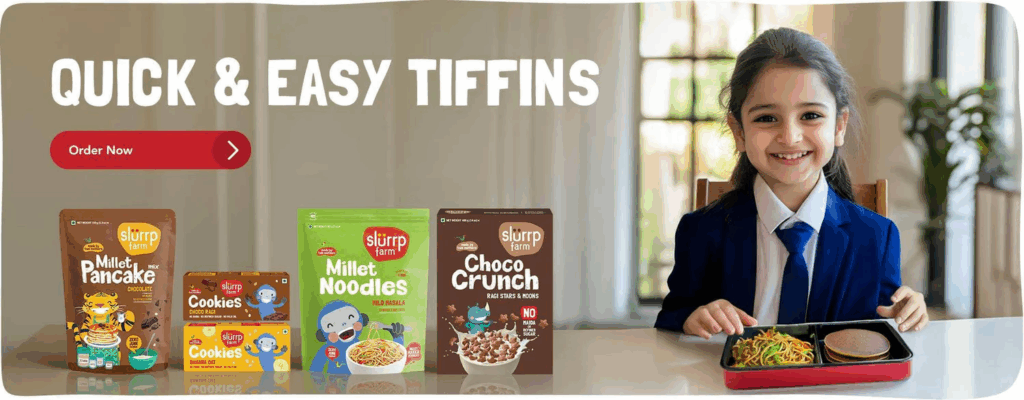
In a world where everyone’s shouting — the only way to win is to be remembered. That’s what brand positioning does. It’s not about being louder. It’s about being clearer, sharper, and stickier than your competitors.
So let’s decode how to position your brand in a crowded market — with real Indian examples and practical brand positioning strategies founders can use right now.
🤔 What Is Brand Positioning, Really?
Brand positioning is the space you occupy in your audience’s mind.
It’s not what you say. It’s what they feel.
It answers the question:
Why should I choose you over someone else offering the same thing?
It’s the difference between:
- Aata vs Aashirvaad
- Jeans vs Levi’s
- Tea vs Tata Tea – Desh ki Chai
📌 Keyword: brand positioning strategy is about differentiation, not decoration.
🧱 Why Is Brand Positioning So Important in a Crowded Market?
In India alone, we’re seeing:
- 85,000+ startups
- Dozens of D2C players in every niche
- Copycat products across industries
Without clear brand positioning, your brand becomes:
❌ Generic
❌ Replaceable
❌ Forgotten
But with the right strategy: ✅ You charge a premium
✅ Build recall
✅ Attract the right audience
✅ Win without discounting
🧰 How to Position Your Brand in a Crowded Market
Here’s a founder-first, jargon-free breakdown of how to position your brand effectively:
1. Identify Your Core Differentiator
Ask:
- What can we say that no one else can?
- What makes our approach, product, or process unique?
🔍 Example: boAt — positioned itself not just as audio gear, but as a lifestyle tech brand for the youth. Desi, affordable, and swaggy.

2. Know Your Ideal Audience — Deeply
Segment down:
- Age, city tier, mindset, aspirations, purchase behavior
📌 Positioning without audience insight = shouting into the void.
🔍 Example: Slurrp Farm — Didn’t just say “healthy food for kids.” They positioned around millennial moms who wanted guilt-free Indian nutrition for their kids.

3. Craft a Brand Positioning Statement
Use this brand positioning formula:
For [target audience],
[Brand] is the [category] that [unique benefit],
because [reason to believe].
🔍 Example: For urban Indian women,
SUGAR Cosmetics is the makeup brand that’s bold, Indian skin-first, and fuss-free,
because beauty shouldn’t be a western hand-me-down.

4. Own a Category or Emotion
Find a single, powerful emotion or category and own it.
| Brand | Positioning Focus |
| Zomato | Witty, food-first lifestyle |
| Amul | India’s taste + trust |
| Mamaearth | Toxic-free, new-age parenting |
| Nirma | Affordable, desi, nostalgia |
📌 You don’t need a USP. You need a positioning POV.
5. Be Consistent Across All Touchpoints
Your brand positioning must reflect in:
- Website copy
- Packaging
- Campaign tone
- Influencers you choose
- Instagram captions
- Founder’s pitch deck
🔍 Example: The Whole Truth Foods
From packaging to founder videos to ad campaigns — everything screams “truth, honesty, no BS.”
🇮🇳 5 Indian Brand Positioning Case Studies to Learn From
1. Paperboat
Positioning: Childhood nostalgia in every sip
→ Storytelling-driven drinks, handwritten fonts, Indian roots
2. Nykd by Nykaa
Positioning: Loungewear that understands Indian women’s real lives
→ Body-neutral messaging, inclusive visuals, relatable copy
3. Havells
Positioning: India’s premium electrical brand with emotion
→ Ads that blend trust, modern design, and family-first sentiment
4. Tanishq
Positioning: Gold that carries meaning, not just weight
→ Campaigns like #MarriageConversations and #EveryWomanALegend
5. Chumbak
Positioning: Quirky India, for the vibrant millennial
→ From mugs to bags to store design — the vibe is unmistakable
🧠 Common Founder Mistakes While Brand Positioning
❌ Trying to be everything for everyone
❌ Copying global brands without Indian context
❌ Focusing only on logo and color palette
❌ Forgetting what the customer actually feels
✅ Instead — focus on what you solve + how you’re different + why it matters now.
🔨 Frameworks That Work
A. Brand Positioning Map
Helps you visualize the market and identify white space.
| X-Axis: Premium ↔ Affordable |
| Y-Axis: Functional ↔ Emotional |
Plot yourself and your competitors. Find your open quadrant.
B. Jobs-To-Be-Done (JTBD) Lens
People don’t buy products. They hire them to do a job.
Ask:
- What job is the customer hiring my brand for?
- What alternatives exist?
- How am I doing this job better, cheaper, or smarter?
C. 3C Positioning Triangle
| Customer | Company | Competition |
| What they want | What you offer | What others lack |
Your winning brand positioning = The sweet spot in the overlap.
📋 How Do I Get Started?
Here’s your quick action plan:
- Interview your customers — understand language + mindset
- Audit your competitors — where they’re loud, where they’re weak
- Define your differentiator — product, tone, experience
- Write your brand promise — sharp and simple
- Roll it out — consistently across campaigns, site, socials
💥 Don’t say you’re different. Show it in every touchpoint.
🧩 Key Takeaways on Brand Positioning
- ✅ Positioning is not what you say — it’s what they remember
- ✅ Start with customer mindset, not your product
- ✅ Stand for something sharp — and show it everywhere
- ✅ Indian brands are nailing emotional + cultural hooks. Learn from them.
🧠 Final Thought
In crowded Indian markets, category leadership often comes from emotional clarity — not campaign frequency.
So don’t just chase clicks.
Build a brand space that no one else can claim.
That’s real positioning.

![Positioning Your Brand in a Crowded Market [with Indian examples]](https://brandingmonk.com/wp-content/uploads/2025/05/Positioning-Your-Brand-in-a-Crowded-Market-with-Indian-examples.jpg)